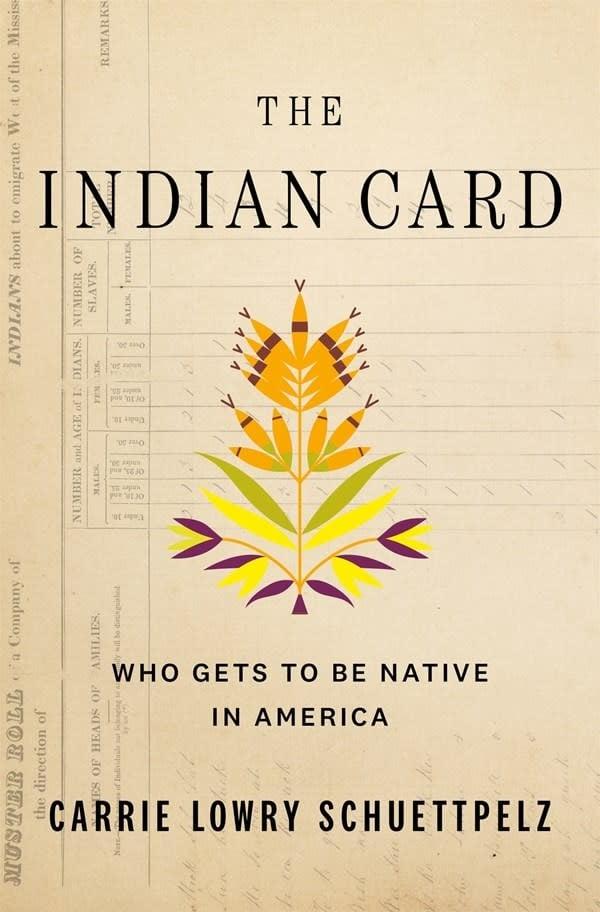“The Indian Card” is not a simple story of finding peace through belonging. In researching tribal membership policies, Schuettpelz finds much that makes her uneasy. She interviews a number of Native people who have bumped up against the limitations of tribal enrollment policies: Schuettpelz’s research assistant cannot complete her membership application unless she obtains a birth certificate from her largely absent father or her noncommunicative grandfather. Then, there is a man who serves as his tribe’s historian but cannot enroll because his tribe determines membership patrilineally and his father was white.
The federal government also involves itself in determining who officially “qualifies” as Native, through the issuance of a document known as the Certificate of Degree of Indian Blood, which functions as an official validation of a person’s blood quantum. The C.D.I.B. sounds like a relic of a much older time; in fact, its origins are obscure, and, as far as Schuettpelz can figure, the Bureau of Indian Affairs began issuing C.D.I.B. cards in the nineteen-seventies. The certificate remains a present-day requirement to access certain federal benefits, and some tribes mandate a C.D.I.B. as a precursor for enrollment. The idea of the government certifying citizens’ bloodlines clearly makes Schuettpelz uneasy. “Focus, especially, on the word blood,” she writes. “Let your mind wander to other U.S. policies that granted the federal government the power to quantify people by blood that remain in place today. Let yourself realize that there aren’t any.”
In the Colonial era, the U.S. approached tribes as fellow sovereign nations to be dealt with on a government-to-government basis. But the terms of the treaties were often exploitative, or ignored when they became inconvenient. By the mid- to late nineteenth century, tribal nations had been decimated through the cumulative effects of war, disease, land seizure, and removal. It’s during this period, when the violent extermination campaigns of the early Colonial era had given way to more bureaucratically obfuscated damage, that Schuettpelz identifies a key shift. The government grew less concerned about fostering relationships with tribes; instead, the focus of interest was, increasingly, individual Native Americans. Native identity began to be seen less as a political designation, a membership in a specific tribe, and more as a racial one. At the same time, the U.S. government became increasingly invested in, as Schuettpelz puts it, “adjudicating Indianness.”
The federal government had never been particularly good at this; the U.S. census didn’t include “Indian” as an option until 1860. (Even after that point, Schuettpelz notes, many Lumbee were categorized as “mulatto.”) Schuettpelz’s Lumbee great-great-grandmother, who was born around 1860, was given three different racial identifiers on census rolls.
